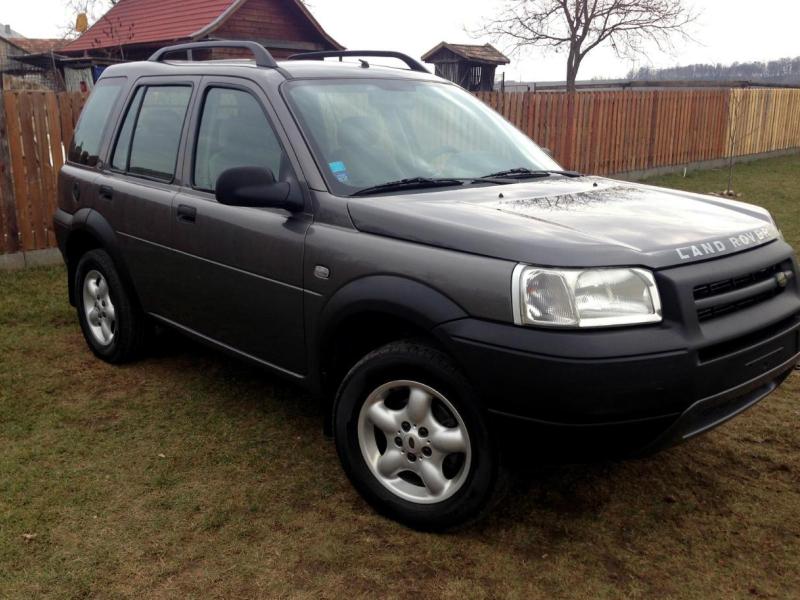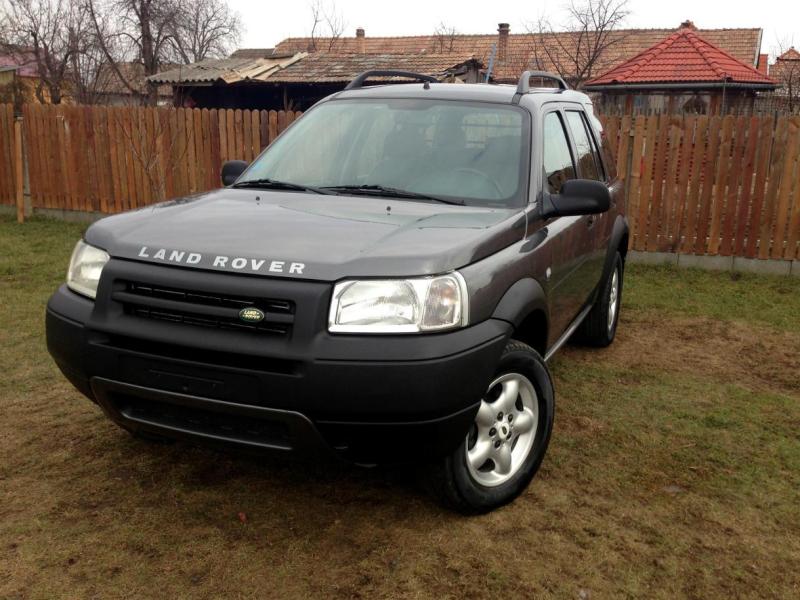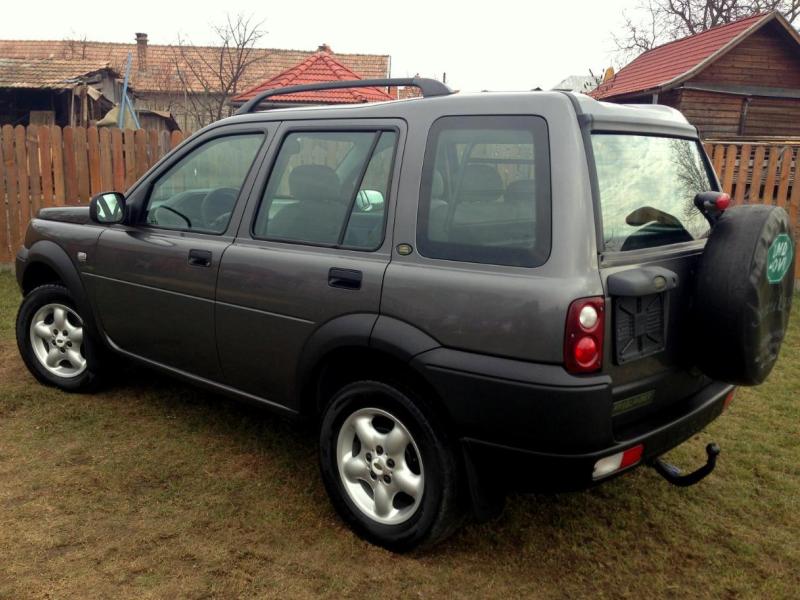
Land Rover Freelander
The Land Rover Freelander is a Compact SUV made by Land Rover,[1] produced in both two-wheel and four-wheel drive versions. The current generation is sold as the LR2 in North America and as the Freelander 2 in Europe. It uses a monocoque (unibody) structure, in common with almost all other 'soft roaders' in its class, but unlike traditional SUVs that were built with body-on-frame designs. Market research by the Rover Group in the late 1980s suggested that Land Rover could enter the compact SUV market segment. In the early 1990s, the Rover Group had a restricted product development budget and looked for a partner to develop the project, which was codenamed CB40 (after Canley Building 40, where the concept was initially developed). Rover's then-partner Honda declined and chose to develop its own CR-V model that was launched in 1997. Rover decided to go it alone with the CB40, using existing parts and components, as it had done with the MGF roadster. When BMW took over Rover Group in 1994, the CB40 project received the capital it needed to proceed. The Freelander was launched in late 1997. It became Europe's best-selling four-wheel drive model until 2002.[3][citation needed] The last Freelanders in North America were sold as 2005 models. There were a variety of models, based around five-door estate and three-door softback (semi-convertible), hardback, and commercial (van-like) versions. In 2004, Land Rover introduced an improved and upgraded version of the Mark I; changes included a new interior and major external revisions, including a new face and rear. The three-door model was available in E, S, SE, Sport and Sport Premium trim and the five-door model in available in E, S, SE, HSE, Sport and Sport Premium trim.


